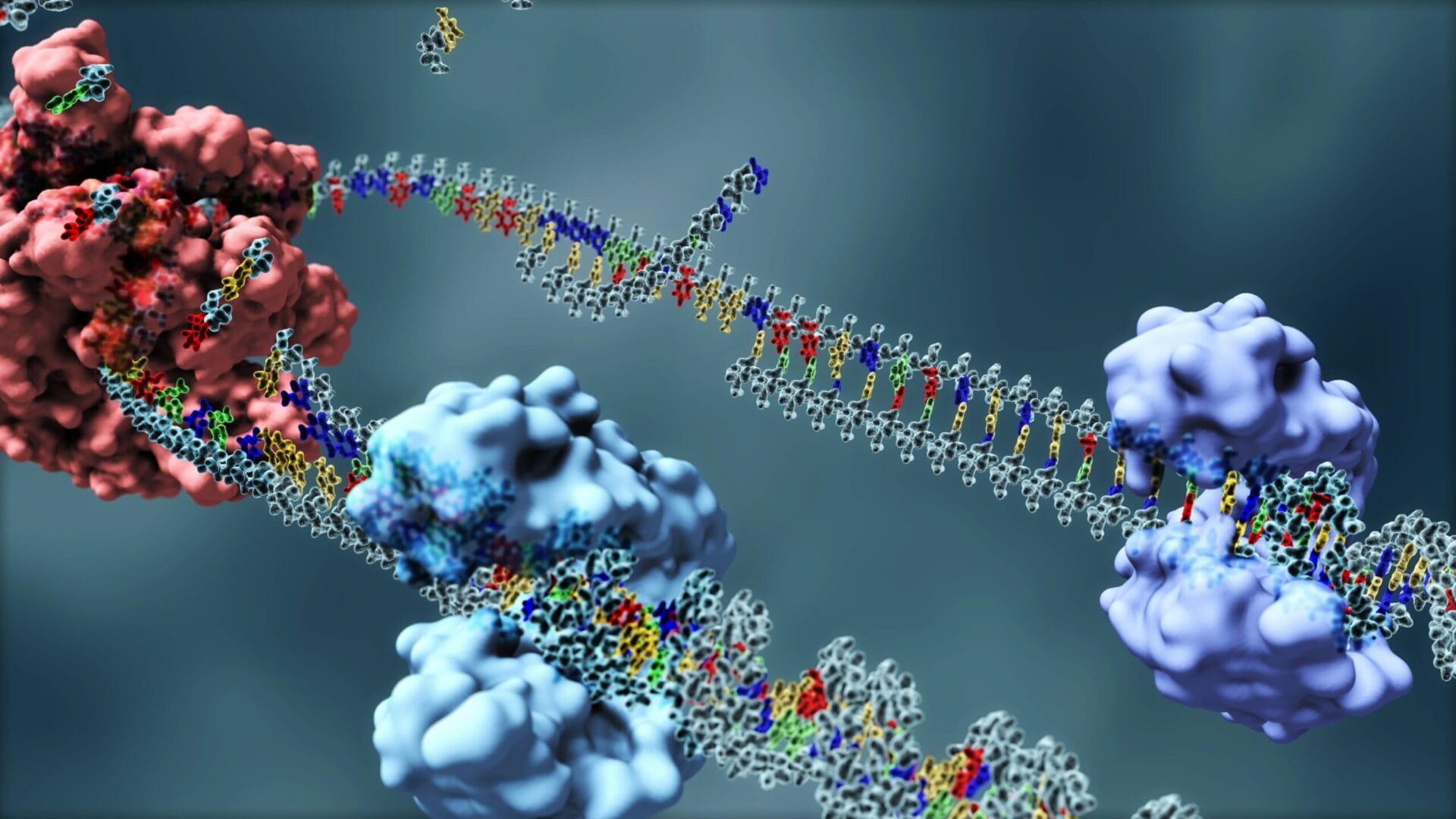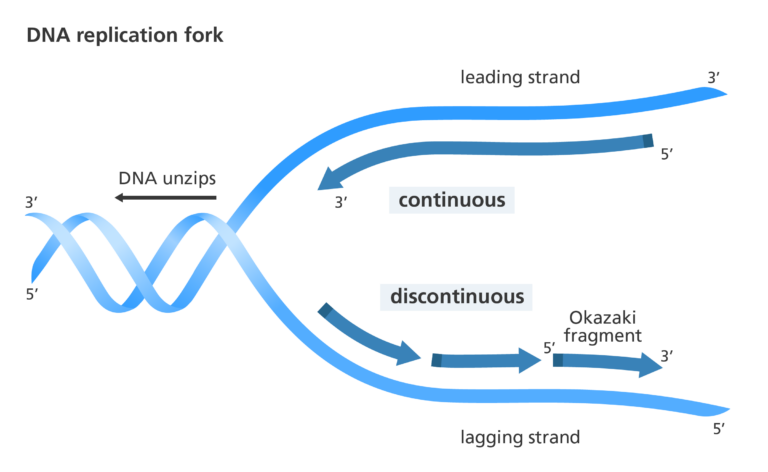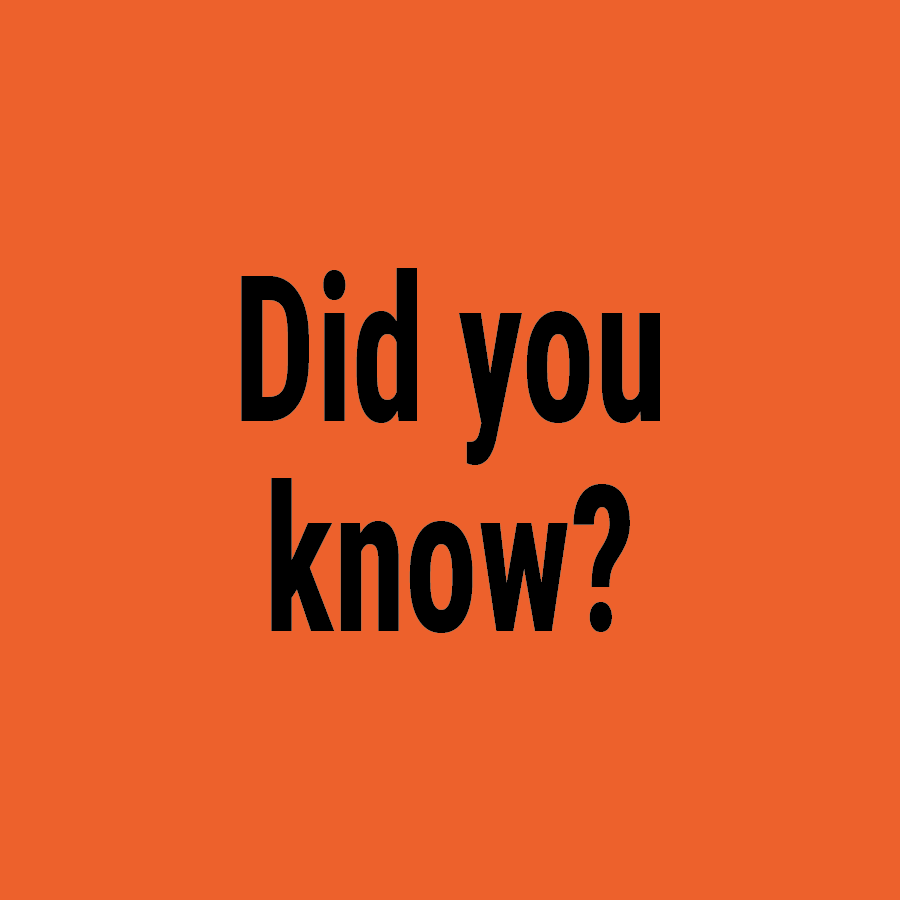What happens in DNA replication?

DNA replication is the process by which DNA makes a copy of itself. This happens during cell division, making sure that each new cell receives the same genetic information as the parent cell.
Cell division is when a single cell divides into two (or more) identical daughter cells. This is important for growth and repair in the body, as well as for reproduction.
Each time a cell divides, its DNA is carefully copied, creating a new DNA molecule that is passed to the new daughter cell. This is the process of DNA replication.
DNA replication involves three main steps: initiation, elongation and termination.
1.
Preparing for replication (known as initiation)
- The first step is to unwind the double helix structure of the DNA molecule, and ‘unzip’ the strands. The separated strands will act as templates for making the new DNA.
- This is carried out by an enzyme called helicase, which breaks the hydrogen bonds holding the base pairs of the 2 strands together.
- Separating the strands creates a ‘Y’ shape called a ‘replication fork’.
2.
DNA replication (known as elongation)
- The two strands are replicated in different ways, because they run in opposite directions to each other.
- One is oriented in the 3’ to 5’ direction, towards the replication fork. This is the leading strand.
- The other is oriented away from the replication fork. This is the lagging strand.

Continuous replication of the leading strand
- To replicate the leading strand, a short piece of RNA called a primer (produced by an enzyme called primase) binds to its 3’ end, marking the starting point for DNA synthesis.
- An enzyme called DNA polymerase binds to and ‘walks’ along the strand, towards the replication fork.
- As it reads the DNA sequence, it adds complementary bases, pairing A with T, and C with G.
- This type of replication is called continuous.
Discontinuous replication of the lagging strand
- Because the lagging strand runs in the opposite direction, the DNA polymerase can only copy small lengths of it at one time.
- Many RNA primers bind at various points along the lagging strand. The DNA polymerase reads the DNA from these points and adds complementary base pairs – creating chunks of DNA called Okazaki fragments. This is called discontinuous replication.
- The Okazaki fragments are then joined up to make one continuous sequence.
3.
Finishing the process (known as termination)
- Once all the bases are matched up (A with T, C with G), an enzyme called exonuclease strips away the primers. The gaps where the primers were are then filled by more complementary bases.
- A DNA polymerase proofreads the new strands to make sure there are no mistakes in the new DNA sequence.
- Finally, an enzyme called DNA ligase seals the DNA back into two continuous double strands. The DNA automatically winds itself back into a double helix.
- The result is 2 DNA molecules that each consist of one new and one old strand of DNA. This is why DNA replication is described as semi-conservative – half of the chain is part of the original DNA molecule, and half is brand new.
